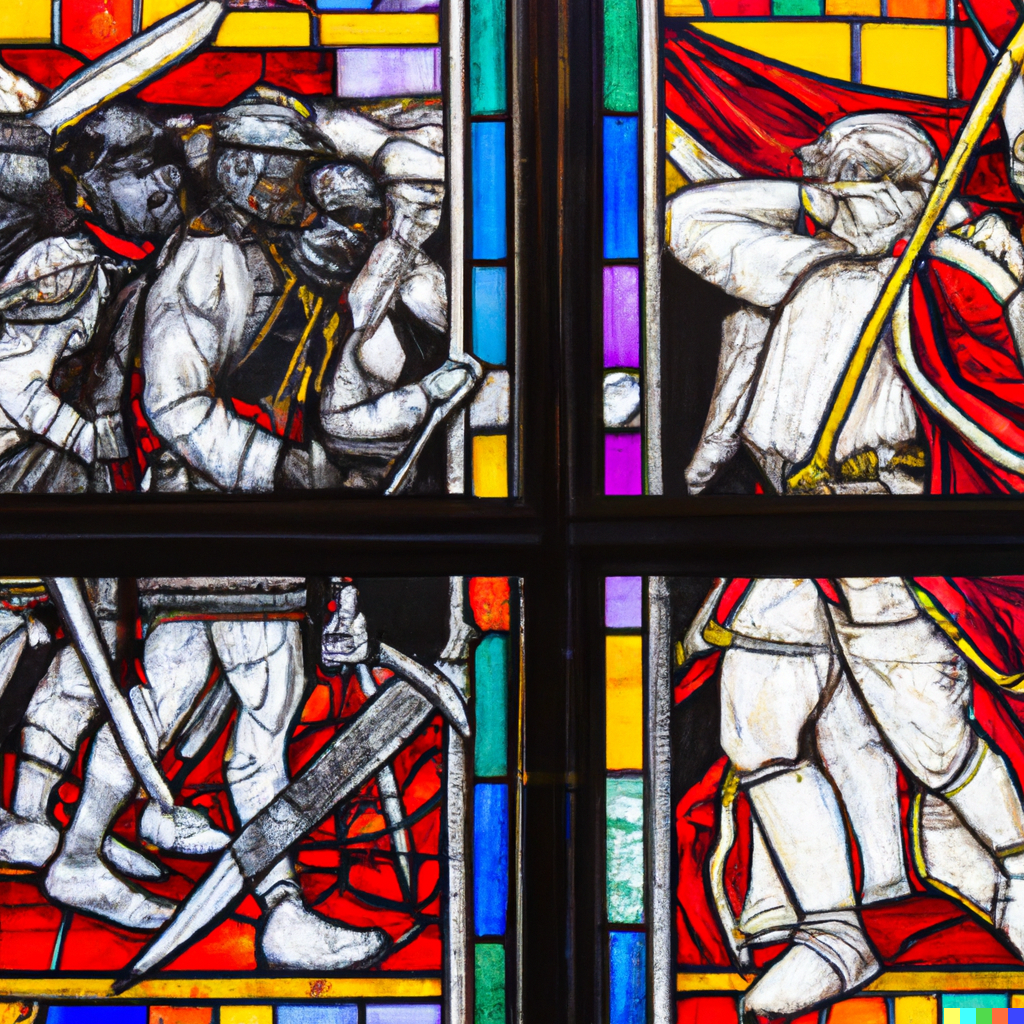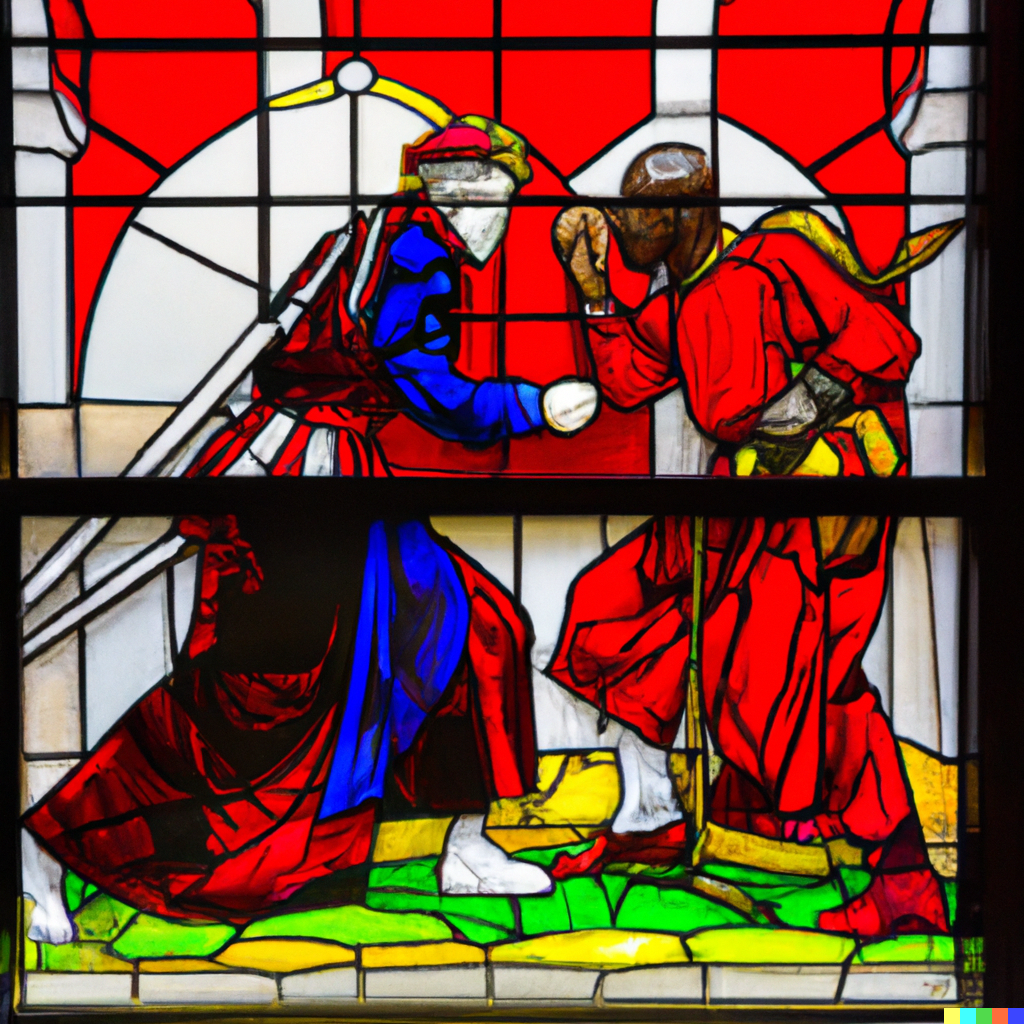Innovating Backwards; the Anglicans and Queer Culture in Uganda.
The religious tensions and conflicts in Uganda have a long and complex history that dates back to the early days of colonization, particularly in the Buganda region. In the late 19th century, Christian missionaries, mainly from the Anglican and Catholic churches, arrived in the region and began evangelizing the locals, which caused tensions with the traditional religious leaders who viewed these new religions as a threat to their authority and belief systems.
The tension between the different religious groups culminated in the Buganda religious wars of the late 19th century, which were fought between the followers of the traditional religious leaders and those who had converted to Christianity. The wars were sparked by a dispute over the installation of a new king who was favorable to the Christians. The traditionalists saw this as a threat to their religion and rose up in rebellion against the new king and his Christian supporters.

The conflict lasted for several years and resulted in the deaths of thousands of people on both sides. It also led to the eventual establishment of a British protectorate over Buganda in 1894, which gave the Christian churches more power and influence in the region.
The legacy of the Buganda religious wars is still felt in Uganda today, with tensions between Christians and traditionalists persisting in some areas. The Anglican Church in Uganda, for example, has recently decided to separate from the Church of England over disagreements about same-sex marriage. This decision has been linked to the Church’s desire to maintain its autonomy and resist what it sees as cultural innovations that contradict its core beliefs.
Overall, the history of religious conflict in Uganda illustrates the complex and often fraught relationship between religion, culture, and politics. It highlights how religious institutions can be used to exert power and influence in society, and how different groups can interpret religious doctrine in different ways to justify their actions.

The recent decision by the Ugandan Anglican church to separate from the church of England, following its acceptance of same-sex marriages, provides insight into the driving forces behind cultural innovation and how we can harness it to promote autonomy and agency. The move highlights the concept of syncretism, its workings, and those for whom it works. This decision occurred in the midst of an anti-queer campaign in Uganda, which often serves as a smokescreen for more sinister events.
This secession demonstrates that disagreement is always an option, and even dogma can be challenged. It also suggests that religion responds mainly to crises and innovates to adapt to them. However, this innovation does not apply to violence, which does not constitute a crisis in Christianity. The use of violence to entrench Christian belief has been witnessed in Uganda, particularly in the Pentecostal sect, which advocated for the burning of shrines and the banishment of individuals suspected of practicing any form of indigenous religion. Although the Anglican church did not participate in this violence, it did not constitute a crisis for them, as they claimed to rely on a sober interpretation of the Bible.
In his statement, the Archbishop cites the entire Bible to support his view on matrimony, which cannot be altered. Although Canterbury still upholds the doctrine of one man for one woman, they will bless the civil marriage of same-sex couples, which was unacceptable to the Ugandan Archbishop Kazimba, leading to the separation of the Ugandan sect from the global Anglican one.

The Archbishop describes the Anglican church’s decision as suicidal, highlighting the lens of violence through which this religion views its protection. Notably, the Ugandan Anglican church has never had any incentive to protect the black body, and even campaigns aimed at “protecting” the youth serve to curtail other cultural expressions not allowed by the sect. The Bible, which is used to create the unalterable doctrine of marriage, also contains verses that advocate for and canonize practices of slavery and the inheritance of people and their progeny as property. However, this did not constitute a crisis for the church, as it was dismissed as a difference in cultural opinions at the time.
The use of music and performance, orality, rhetoric, and narrative devices has helped shield Christianity from its violent foundations in Uganda. However, when studying its decisions, it is important to view them through this lens and recognize that the church’s claims of protection only go as far as limiting the autonomy of those who refuse to agree with it. This secession shows that the Ugandan acolytes have learned this well and are now using the tools taught to them on their master.

The stoicism shown by the Ugandan Anglican church to the matrimonial dogma outside of its ties to an oppressive colonial state has no justification. Christianity has undergone a transformation through a series of cultural innovations, but this transformation has yet to extend to promoting autonomy for an already oppressed group of people. The Ugandan church’s decision to separate from the church of England shows that, for them, the acquisition of autonomy for the queer community constitutes a crisis, while the violence and oppression of black bodies do not.
